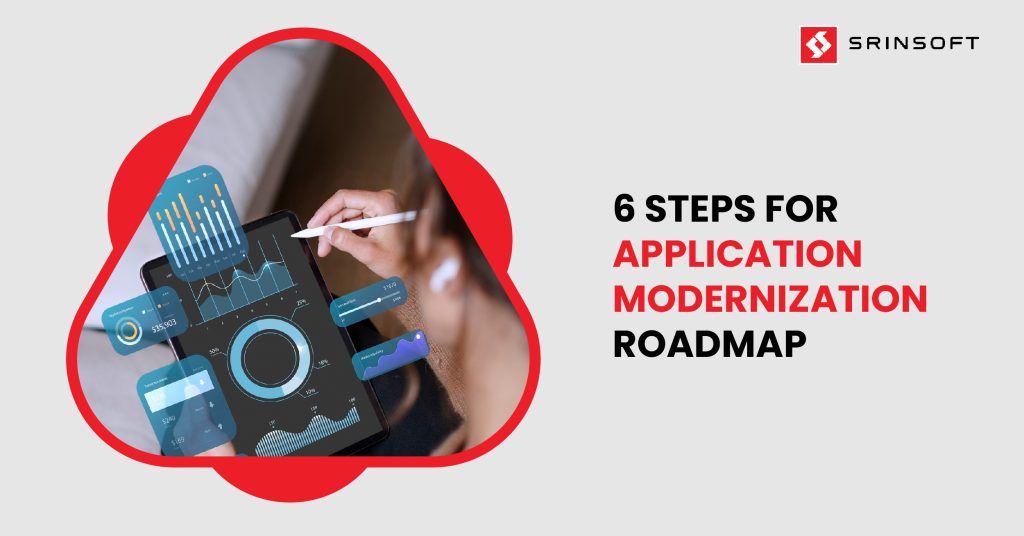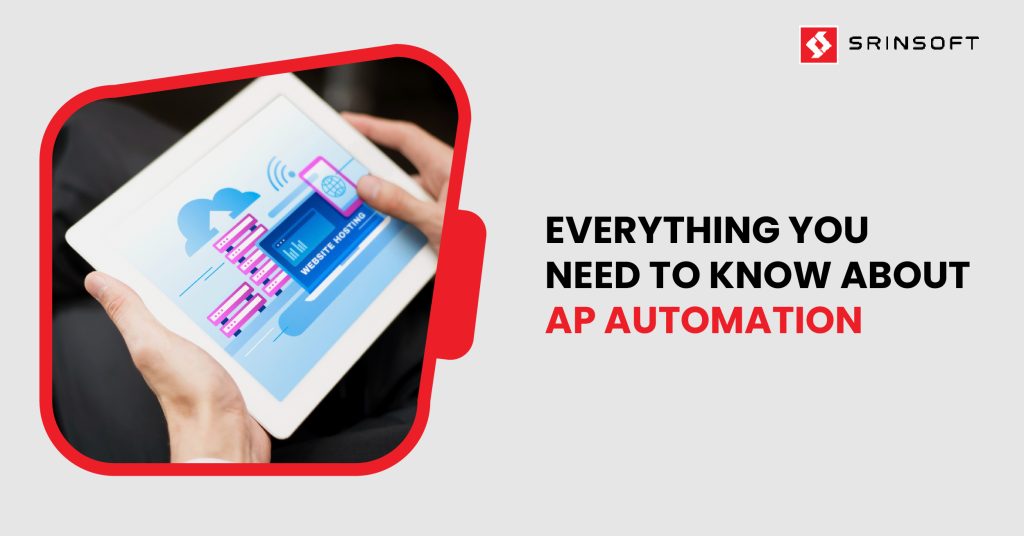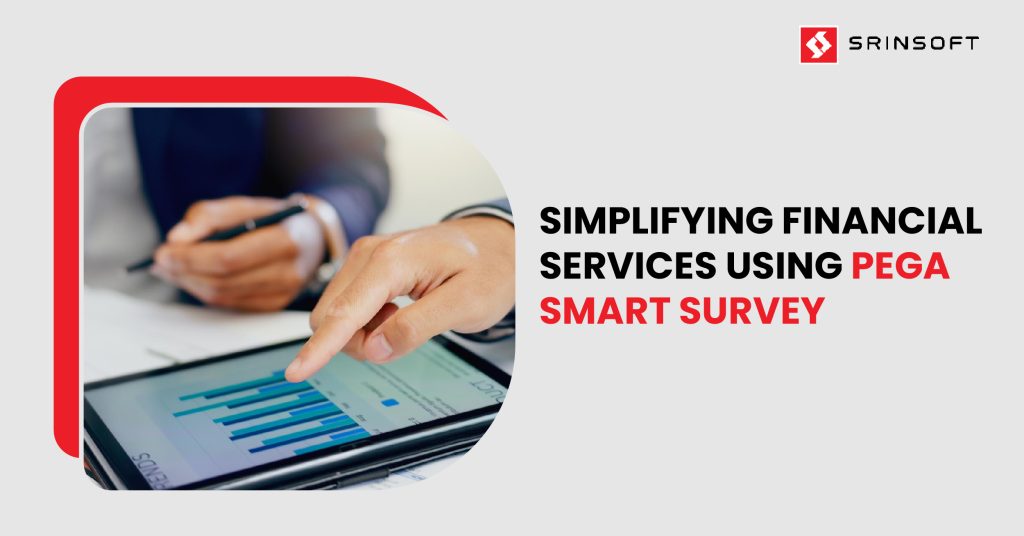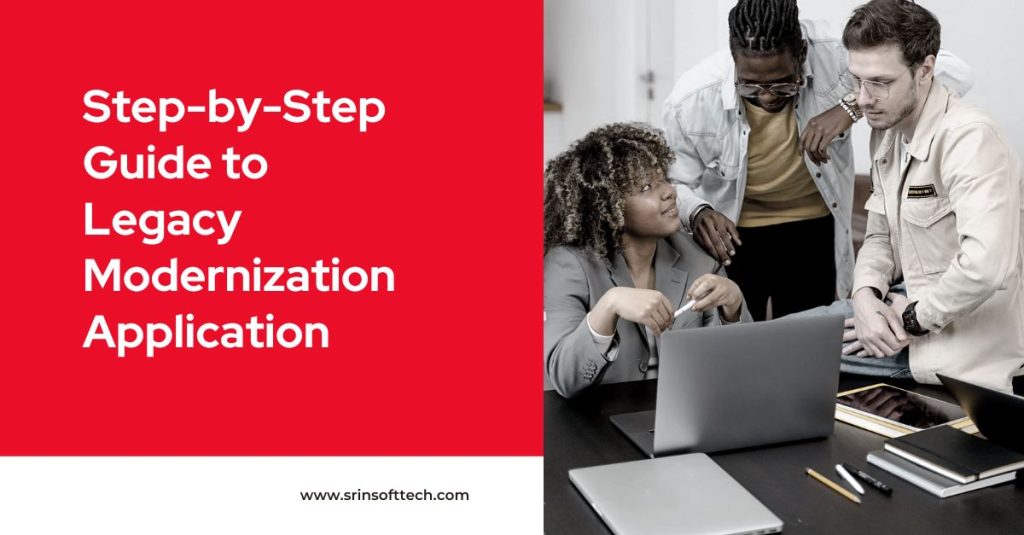
What is the Application Modernization Roadmap?
Application modernization roadmap is essential for organizations planning to transform their legacy systems into modern, fast and efficient solutions. The roadmap functions as a blueprint of the strategy that is used to transform legacy applications.
It defines the steps, activities and timelines that are required for a controlled modernization process which is aligned with the business objectives. The roadmap breaks down the daunting task of modernizing into bite-sized, comprehensible chunks that have clear objectives and checkpoints along the way.
The roadmap covers the main ingredients of how we achieve the end goal. It includes:
- Analyzing the current application portfolio
- Assessment of technical conditions
- Prioritizing applications based on business value
- Resource allocation, cost estimation, and the anticipated ROI.
The road map establishes the strategies, technologies and methodologies to modernize in accordance with enterprise goals, compliance standards & industry best practices.
By providing a clear and structured approach, the roadmap helps mitigate risks, address challenges proactively, and drive successful modernization outcomes.
The Need for Application Modernization Roadmap
Any organization that wants to update its legacy systems into modern, efficient platforms must have an application modernization roadmap. It establishes a clear path by listing the steps to migrate applications and sharing the rationale of the whole initiative with stakeholders.
A roadmap provides companies with an analytical framework for making decisions by showing them where they are, and what the next steps should be to get there.
In addition, the roadmap is useful in dealing with modernization complexity by breaking down tasks, mapping responsibilities and setting objectives. It also acts as a risk mitigator by detecting problems before hand and constantly monitoring to confirm whether it is matching the organizational aims.
Steps for Application Modernization Roadmap
Evaluate Legacy System and Infrastructure
Assessing your legacy systems is the first step in putting together an application modernization roadmap. This stage comprises an extensive review of existing apps, spanning architecture, performance and dependencies to highlight risks difficulties, and bottlenecks.
You must take stock of your inventory of applications (both hardware and software) to identify security weaknesses, integration dysfunctions and obsolete features.
Getting feedback from departments across your business such as IT, Customer Support and key stakeholders will help you to understand what is going on operationally and how their experience feels.
It also assesses system-level compatibility issues and uses VoC (Voice of the Customer) input. This comprehensive measurement sheds light on what is going well and where an improvement is needed and forms the foundation for planning the modernization strategy and prioritizing future actions.
Define Project Scope and Vision
An important part of modernizing applications is to define the scope of modernization & vision. In this stage, the future state of target technology architecture is depicted keeping in mind the organization’s strategic goals and business objectives.
This means understanding how the new architecture is going to integrate with existing systems, accommodate further business growth and adhere to any governance or security needs.
Select a few of the most important challenges that bring about benefits – it can be improving competitive advantage or lowering operational complexity. Limiting the scope to a few things at a time helps faster execution with less Work-in-progress (WIP) and minimizes disturbances to other projects.
Defining a clear strategic vision will allow organizations to build an executable road map that balances technical requirements with business outcomes while also evolving with changing market needs.
Set Strategic Modernization Objectives
Establishing modernization goals and objectives is one of the crucial initial steps in the application modernization roadmap. This stage is initiated by understanding the business context and digging out specific needs that drive modernization. This includes choosing key applications to modernize and establishing metrics that align with broader business goals.
Key questions to address include: What are the business needs behind modernization? Which applications are a priority for transformation? What are the desired outcomes? This step should yield modernization goals, scope (covering applications and strategies) and a high-level timeline of major phases and milestones.
Clear goals and objectives help ensure that modernization activities are in line with business needs and technical requirements as well as provide clarity and direction throughout the process.
Create the Modernization Blueprint and Migration Roadmap
Building a modernization blueprint and migration plan is an indispensable requirement. This includes assessing the existing systems and selecting the modernization approach that makes sense from a risk, cost and business perspective.
Some of the preferred strategies include rehosting (lift and shift), re-platform, re-architect or rebuild. The process of rehost will result in very few changes, with re-platforming however, the infrastructure is modified without altering the codebase. Re-architecting involves restructuring applications to adopt modern architectures such as microservices. Rebuilding will refurbish the system from scratch.
The migration plan must include data, code and asset transfer to new environments along with any potential problems and solutions when moving to new environments.
Key outcomes in this step include the choosing of a modernization approach, the set of technologies which can deliver this result and a step-by-step migration plan.
This phase in the roadmap turns modernization from just an engineering exercise into something more strategic and results in revenue growth and operational efficiency by balancing risk with value.
Establish Success Metrics and Performance Indicators
Clear KPIs are key to measuring the success of your application modernization effort. It should correspond with the general company objectives and offer a quantifiable understanding of performance enhancement, cost reduction and operational efficiency.
Key metrics such as system speed, uptime vs. downtime, security enhancements and cost-efficiency are important in the decision-making process. Also, in the case of customer-facing applications CSAT and user engagement metrics can be critical indicators as well.
Use continuous monitoring tools like dashboards and analytics systems which can give you a real-time view of how the project is moving forward. They track deviations, identify risks and enable us to make data-based decisions. The evaluation criteria also need to be established, which will provide key performance indicators (KPIs) and targets that reflect the objective of modernization.
Defining these KPIs generates a feedback loop for continual evaluation and improvement, keeping the modernization initiative focused and in concert with strategic goals.
Implement, Track Progress, and Adjust
The plan to modernize must be continually evaluated and always needs room for change. Execution wise it is very important to monitor the progress, identify any issues early and do course correction in a timely manner. This involves monitoring application performance for unusual behavior or deficiencies to mitigate problems before they impact operations or users.
These predictive measures, accompanied by plans to address deviations from typical design/development processes, allow us to keep projects on track and adapt quickly should new challenges emerge.
Feedback from users and stakeholders must be gathered to find areas for improvement. Be sure to foster a culture of continuous improvement and innovation for modernization efforts to remain tied with evolving business needs.
Finally, by staying informed about emerging technologies and learning best practices, the organization will be able to adapt and refine its strategy to maintain relevance and effectiveness. By monitoring and adapting during execution, businesses can ensure that the modernization effort is both agile and resilient.
Conclusion
An application modernization roadmap is the backbone of any business aiming for competitive and agile advantages. With SrinSoft, it is not only about crafting a detailed modernization roadmap but also aiding your organization along the transformation journey to make sure your applications are future-ready.
However, challenges such as balancing innovation with everyday business operations can create obstacles that must be methodically navigated. Partnering with SrinSoft ensures that organizations are better prepared to handle these challenges and poised for long term growth.
FAQs
What are the 5 R’s of modernization?
The strategies for application modernization are identified by “The 5 R’s”: Rehost, Refactor, Rearchitect, Rebuild, and Replace.
What are the steps for application modernization?
There are three overarching steps for application modernization: planning, implementation, and operations. Planning includes defining a modernization strategy. Implementation involves skill-building and modernizing apps. Operations cover ongoing governance, management, and optimization.
What are the issues faced by developers in application modernization?
Some of the challenges in application modernization may include migrating unstructured data and resorting to manual data input. It can also include problems in cloud migration, like skills shortages, IT skill gaps, no recovery provisions for data loss, etc.
Why do app modernization projects fail?
Organizational pushback can hamstring projects before they start. Cost, risk, and complexity are agreed-upon obstacles to modernization projects.


